Sigiriya: The Lion Rock Citadel of Sri Lanka
- Geeth Liyanage
- Aug 2
- 2 min read
Geeth Roman | Lankan Essence Team
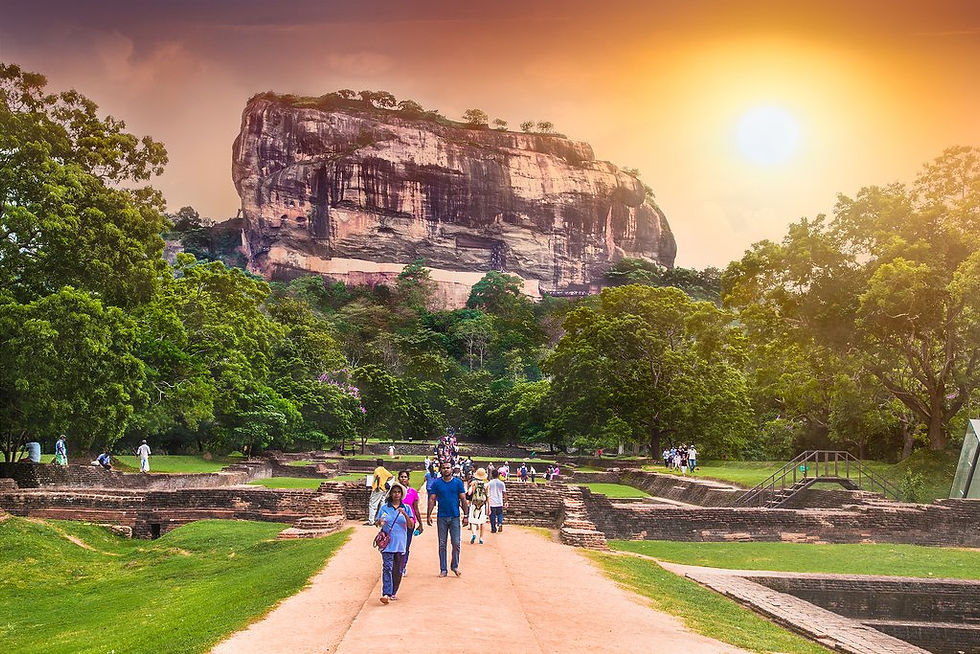
Carved into legend and landscape alike, Sigiriya rises nearly 200 meters above Sri Lanka’s central plains, its sheer walls guarding the ruins of a 5th-century royal citadel. Built by King Kashyapa, the summit once held a sky palace with pavilions, pools, and throne rooms that looked across a tapestry of jungle, lakes, and distant mountains. At the rock’s base stretch moats and perfectly symmetrical water and boulder gardens—among the oldest landscaped gardens in the world—showcasing advanced hydraulics and an eye for harmony between nature and design.


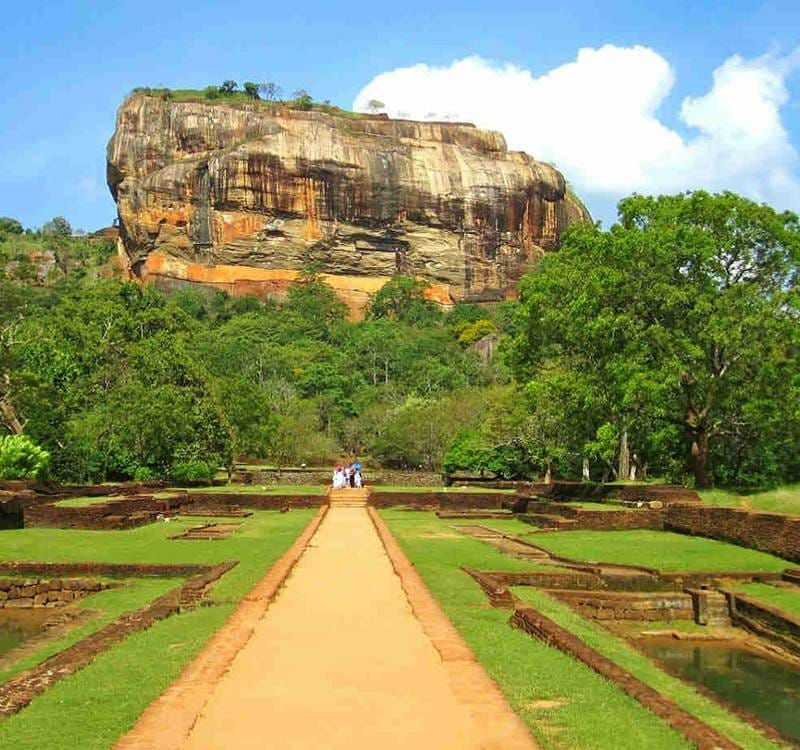
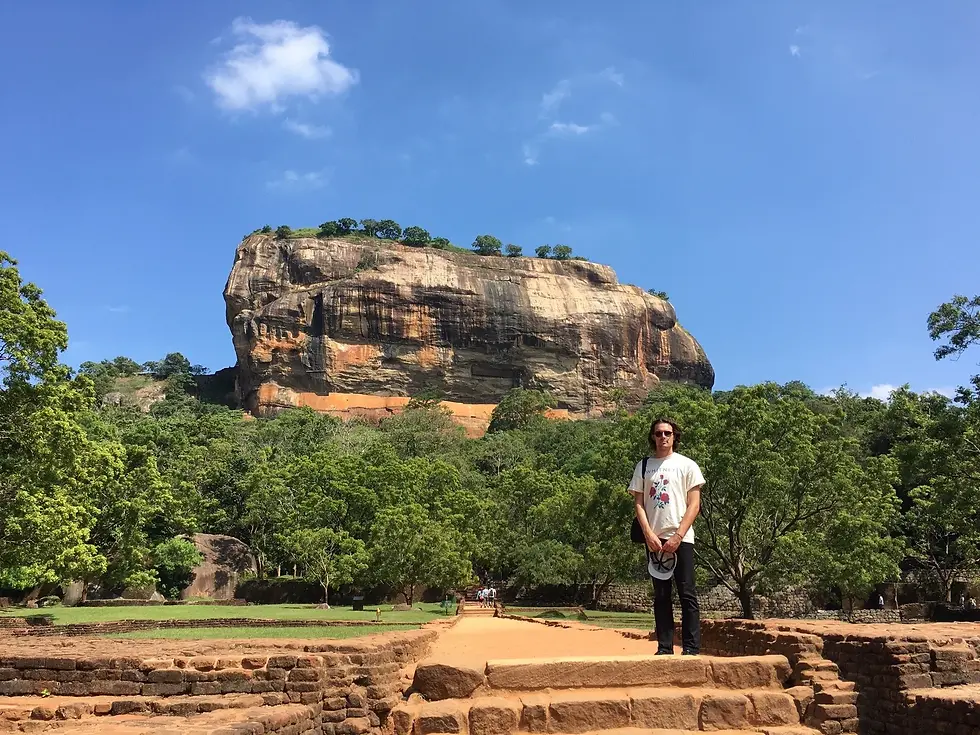

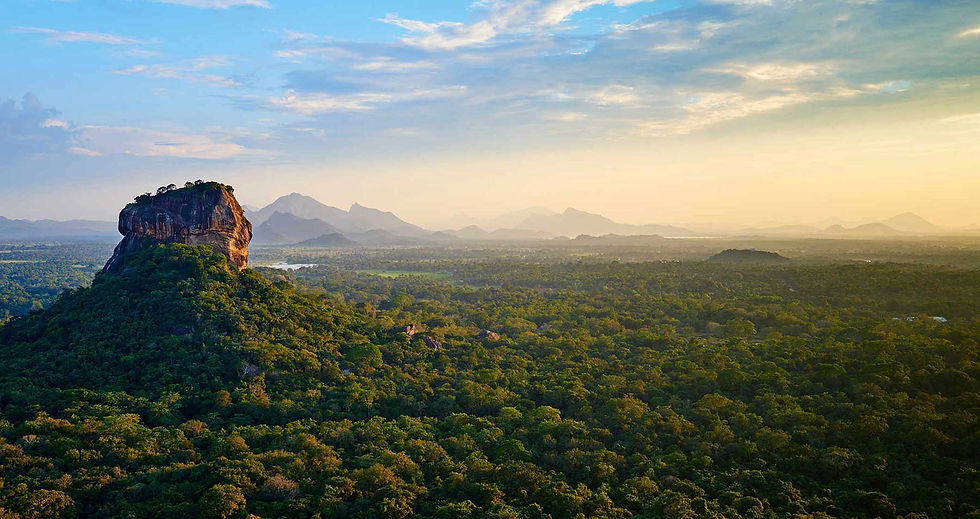

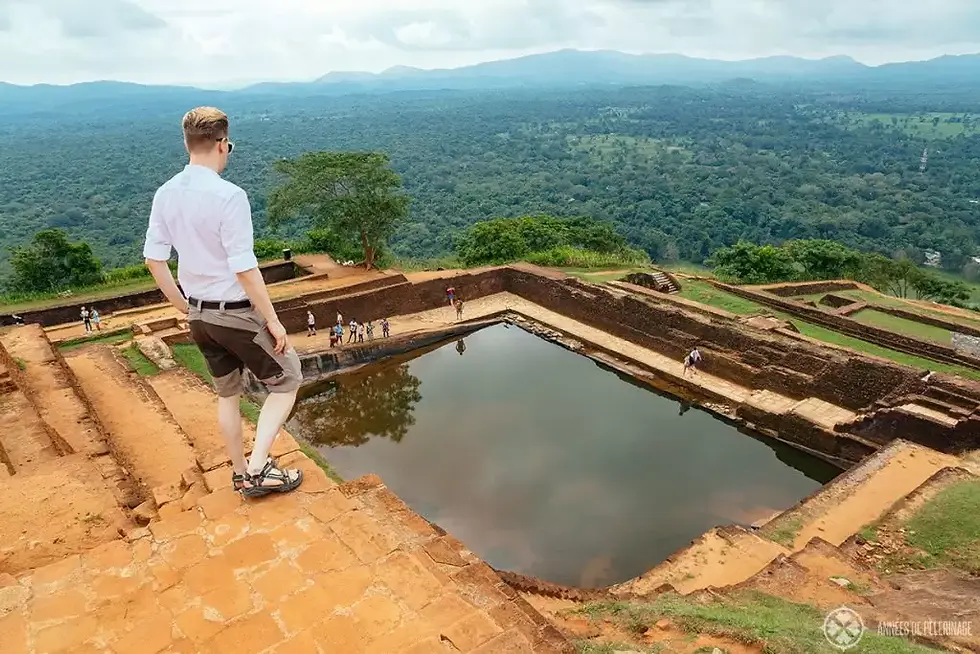

Halfway up, sheltered under a rock overhang, the famed Sigiriya frescoes depict ethereal maidens in jewel tones—remnants of a larger mural cycle that once wrapped the rock. Nearby, the “Mirror Wall,” once polished to a high sheen, bears centuries-old verses scratched by ancient visitors, a living archive of how this place stirred hearts long before modern tourism. Higher still, the climb threads through the monumental Lion’s Gate, where two colossal paws flank the final stairway and give Sigiriya its name: “Sinhagiri,” the Lion Rock.
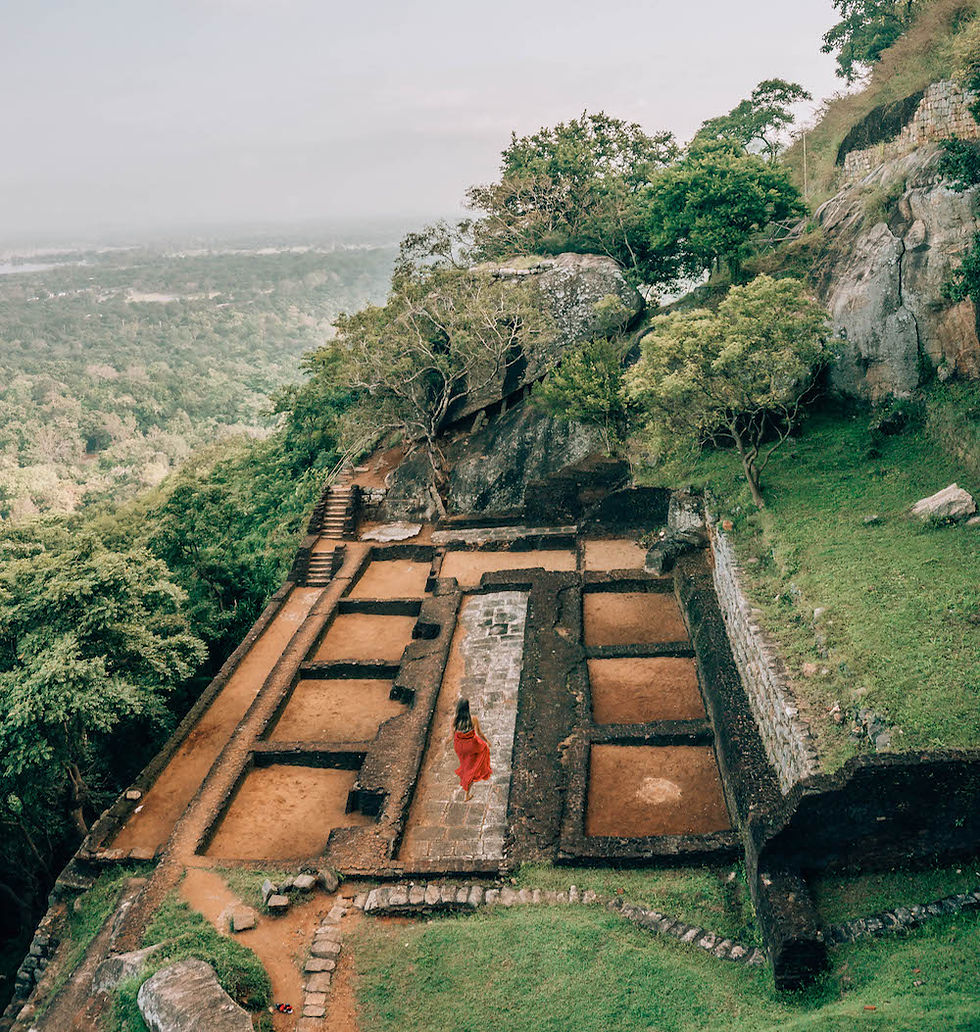
Recognized as a UNESCO World Heritage Site, Sigiriya is both masterpiece and mystery—palace, fortress, monastery, and monument to a remarkable moment in Sri Lankan history. Visitors today ascend safe stairways and platforms to the summit, where the foundations of royal chambers and a wind-rippled pool conjure the life of a vanished court. Go early for cooler temperatures and softer light, or time your descent for golden-hour views across the Cultural Triangle. Many travelers pair a visit with the Dambulla Cave Temple or a wildlife safari in Minneriya, rounding out a day that blends art, archaeology, and the living wild. Sigiriya endures as Sri Lanka’s most iconic silhouette—and an unforgettable encounter with human ambition set against timeless stone.



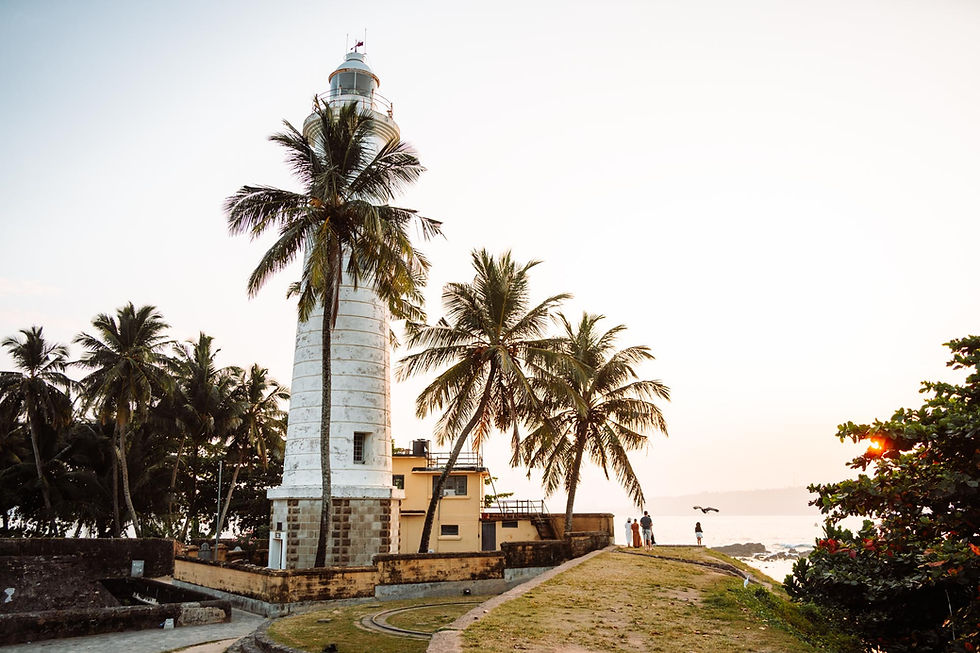















Comments